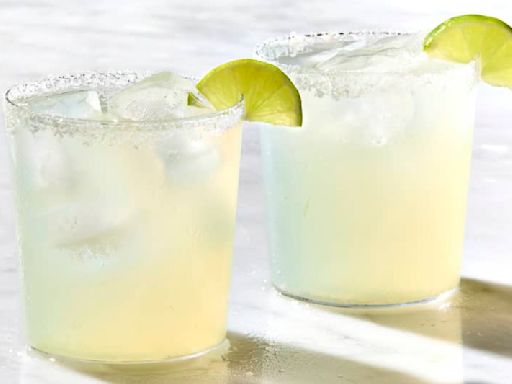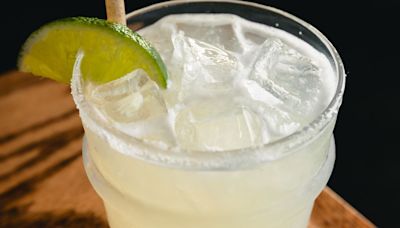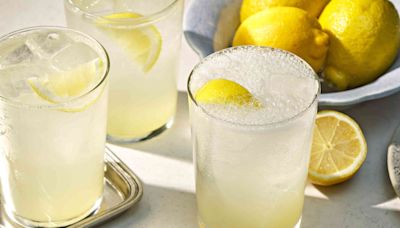Yummly
Why opt for the canned stuff when you can make homemade cranberry sauce? Using just five ingredients, this super simple cranberry sauce recipe is free from refined sugar, and beats the store-bought version any day! Whether you're making it for a classic American Thanksgiving menu, Christmas dinner, or just a regular meal, this refined sugar-free, low-carb cranberry sauce is absolutely delicious. You can enjoy it with meatballs as an appetizer, or over chicken for an easy weeknight dinner. You can even blend it with extra-virgin olive oil for a salad dressing. You'll never go back to canned cranberry sauce after trying this version! ## Health benefits Cranberries are incredibly antioxidant-rich and full of phytonutrients. Phytonutrients can raise the overall antioxidant capacity in our bloodstream, which can help reduce the risk of oxidative stress. They're high in vitamin C, vitamin A, and vitamin K. The nutrients in cranberries have been linked to a lower risk of urinary tract infections, a common issue that mainly occurs among women and affects the bladder and urethra. Cranberries have also been shown to boost the immune system and help decrease blood pressure. Half a cup of cranberries contains only 25 calories, making them ideal for many low-calorie diets. ## No refined sugar If you're gearing up for the holiday season, chances are you're looking for a cranberry sauce recipe with no refined sugar. Many store-bought brands are loaded with refined and artificial sweeteners and additives, which may not taste great and may not have health benefits. Even many homemade recipes call for loads of processed sugar, topped off with a generous portion of sugary orange juice. Natural sweeteners like liquid stevia, maple syrup, or powdered erythritol are also common in "healthy" recipes, but are unnecessary for a good cranberry sauce. All you need is a few healthy, unrefined sources of sweetness to set yourself up for a great batch of cranberry sauce. ## The secret ingredient You may be scratching your head and wondering what sort of natural sweeteners are good options for your homemade cranberry sauce. Enter: dates! Dates are not only delicious thanks to their natural sugars, but are super nutritious as well. They have a low glycemic index, which is a measure of how quickly your blood sugar rises after eating a certain food. While they're not common in low carb recipes or low-calorie diets (since dried fruit is usually off limits), they contain a large amount of dietary fiber. Fiber is important for digestive health, as well as for controlling blood sugar. They're also high in antioxidants and contain several vitamins and minerals. Just half a cup of dates provides about 14 percent of the daily value for potassium, 8 percent for magnesium, and 10 percent for manganese. The apple cider also acts a natural sweetener in this recipe, which still leaves you with a recipe without any processed sugar. If you regularly eat apples, then fresh apple cider (with no sugar added) will still be in line with your meal plan. ## Good for most diets This cranberry sauce recipe is flexible for multiple diet types. Whether you and your family or friends follow vegan, gluten-free, dairy-free, or paleo diets, this is a side dish to be enjoyed by all. ## Other uses Cranberries are in season from mid-September to mid-November in the United States so they’re typically used in recipes throughout the fall and winter, which is why the flavors might remind you of the holidays. That said, there are several ways to use cranberry sauce year-round. Add a spoonful to your favorite pumpkin soup recipe, or stir it into yogurt, top your chicken with it for a sweet and savory meal, add to a muffin recipe, or you can even shake it in your favorite cocktail as a natural sweetener.






